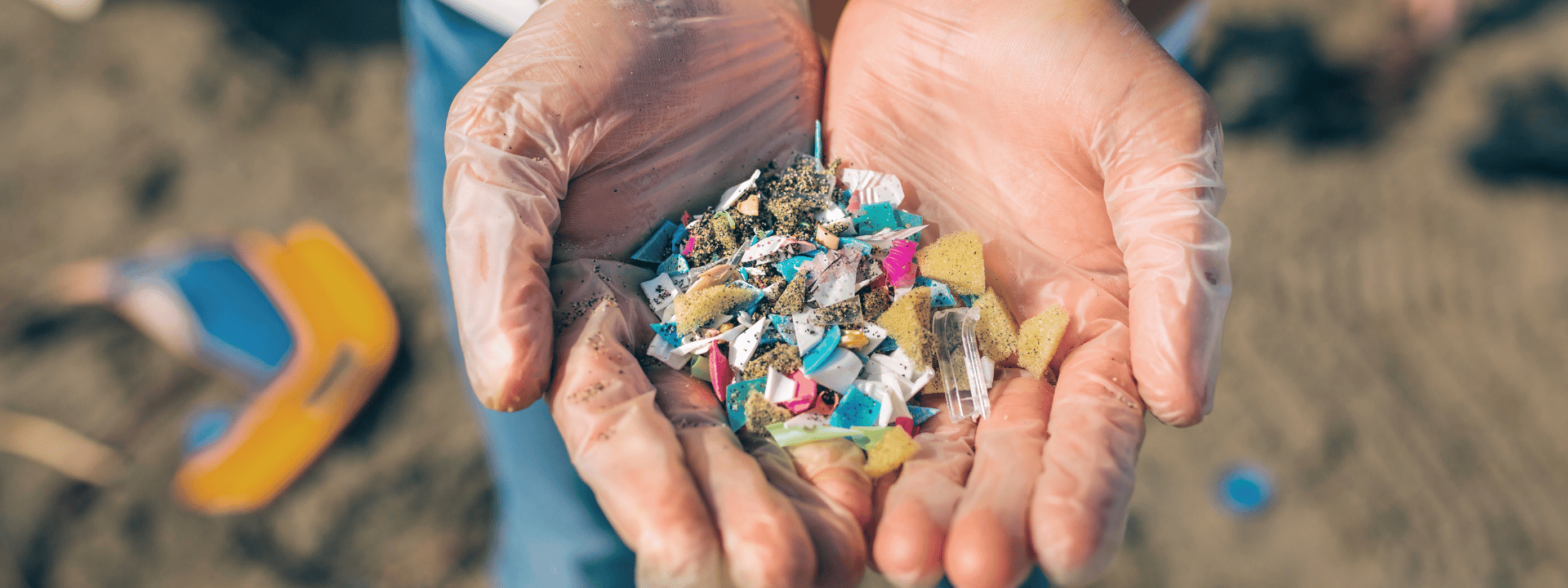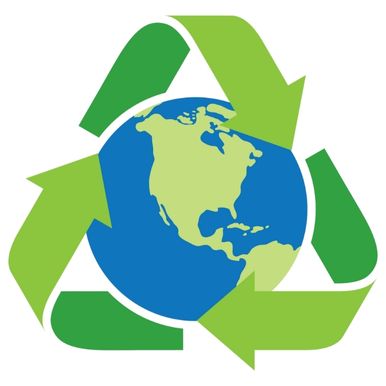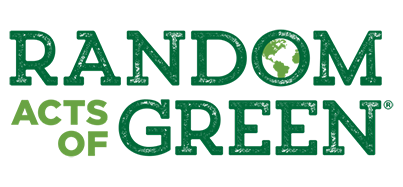What Are Microplastics?
We live in a world that has used plastic for many years. Why is this a problem?
Plastic use is a problem because it does not fully decompose. This means that plastic that was made 50 years ago has broken down into smaller pieces of plastic called microplastics.
Microplastics are small pieces of plastic that are less than 5 millimeters long. This can be larger pieces of plastic like grocery bags that break down into microplastics, or they can be man-made.
Where Do Microplastics Come From?
Glitter can be found in arts and crafts supplies, make-up products, and hygiene products such as soap or bath bombs. The problem with glitter is that it is plastic in disguise, and it goes into the water ways once you wash off your makeup or drain your bathtub.
What else is a misleading source of plastics? The clothing we wear. When it is made from fabrics like polyester, rayon, nylon, and acrylic it can also be plastic in disguise. When these fibres are washed, they enter our water systems.
The sources of microplastics mentioned above are primary sources of microplastics.
Secondary sources of microplastics are items like plastics bags and water bottles. Weathering of items like plastic bags and water bottles create fragments of microplastics in water systems. Secondary
sources make up the majority of microplastics.
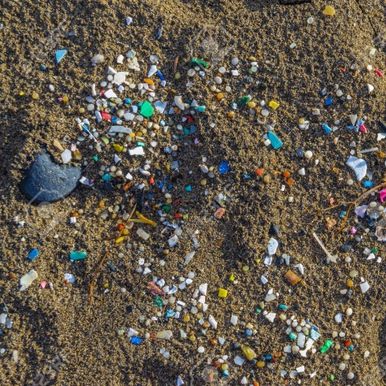
Microplastics in Water Sources
Microplastics enter water systems such as the Great Lakes in Canada, or the Pacific Ocean.
There are two examples of plastics in water sources: Lake Michigan and the Great Pacific Garbage Patch.
Lake Michigan is a huge source of microplastics in Canada. Of the 22 million pounds of plastic debris that enter the Great Lakes each year, 11 million pounds is found in Lake Michigan. This is a problem because these are major sources of fresh water that can be converted into drinking water. Because of this, microplastics and nanoplastics can be found in drinking water and even have been shown to have contaminated food sources such as invertebrates, mussels, and fish.
Microplastics In The Ocean: The Great Pacific Garbage Patch
Another huge source of microplastics found in water systems is the Great Pacific Garbage Patch found in the Eastern and Western parts of the Pacific Ocean.
Combined the estimated size of these garbage patches are two times the size of Texas. Plastics that have no additives do not have a physiological effect on marine life.
However, plastics that are larger and have additives have been shown to cause obstructions or cause reduced food intake, developmental disorders, and behavioural changes in marine life.

Author
Michaela
Nahmabin-Hiltz
Loves all things furry, and a kind and friendly person. A nature walk is my best friend in the
Summer, Spring and Fall. I’m a Western University student who is passionate about health
promotion and making our space a healthy place!
Join Our Email Community
Gain exclusive access to green trends, tips, and tricks when you sign up for our free newsletter. Enter your email to join our community of changemakers!
Microplastics Effects On Human Health
Are microplastics harmful?
Many sources say that microplastics have no adverse health effects. They enter the digestive system through water or food intake and pass through it undetected, and then are excreted back into our water systems through sewage systems.
Although microplastics do not
pose a threat to human health, aquatic life may be severely impacted by them.
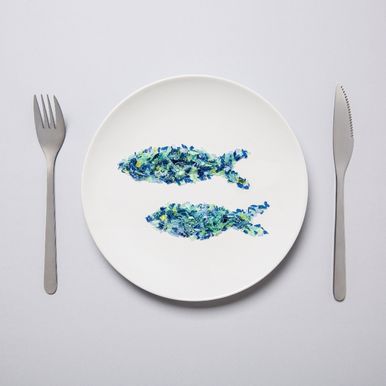
How To Avoid Microplastics
- Use reusable bags and water bottles
- Wash full loads of laundry in cold water
- Use a microfibre-catching device in your laundry
- Avoid using straws, if you do use metal or glass
- Use products that are biodegradable
- Start eco-bricking to reduce single-use plastics
- Use eco-friendly poop-scoop bags
- Recycle, properly
- Skip the balloons
- Do not litter
- Store food in mason jars or reusable storage containers
- Say no to single-use plastics when you can
Eco-bricks: What are they and what are eco-bricks used for?
Eco-bricking is an efficient way to reduce plastic pollution in water systems. An eco-brick is a polyethylene terephthalate (PET) bottle, made of clear, strong, lightweight and recyclable plastic filled with clean, dry-packed plastic sources.
The plastic is usually packed down in the PET bottle layer after layer until it is full.
Eco-bricks can effectively remove sources of plastics from our waterways. Once the eco-brick has met standards it can be used in gardens, as furniture or other structures that remove plastic from our water systems.

Other types of eco-bricks include cig-bricks and ocean-bricks. Cig bricks are made the same way as regular eco-bricks, except using cigarette butts as the source of plastics. Ocean bricks are once again similar to regular eco-bricks; however, they use plastic found on beaches or from the ocean or waterways.
Are you ready to say no to single-use plastics?
📲 This is a Green Act you can log on our mobile App!
There are over 40+ different Green Acts you can log to help track your impact.
Download it for free to get inspiration on actions you can take to help our planet.
Earn Green Points and redeem for rewards from eco-friendly businesses and services from our member community.

If you liked this article, check out further actionable tips you can take to protect your local waterways in this blog post here.
Do you have other microplastic pollution prevention tips you can share with the community?
Feel free to share them along with this article on your socials!
microplastics in food
microplastics in humans
More Blog Posts:
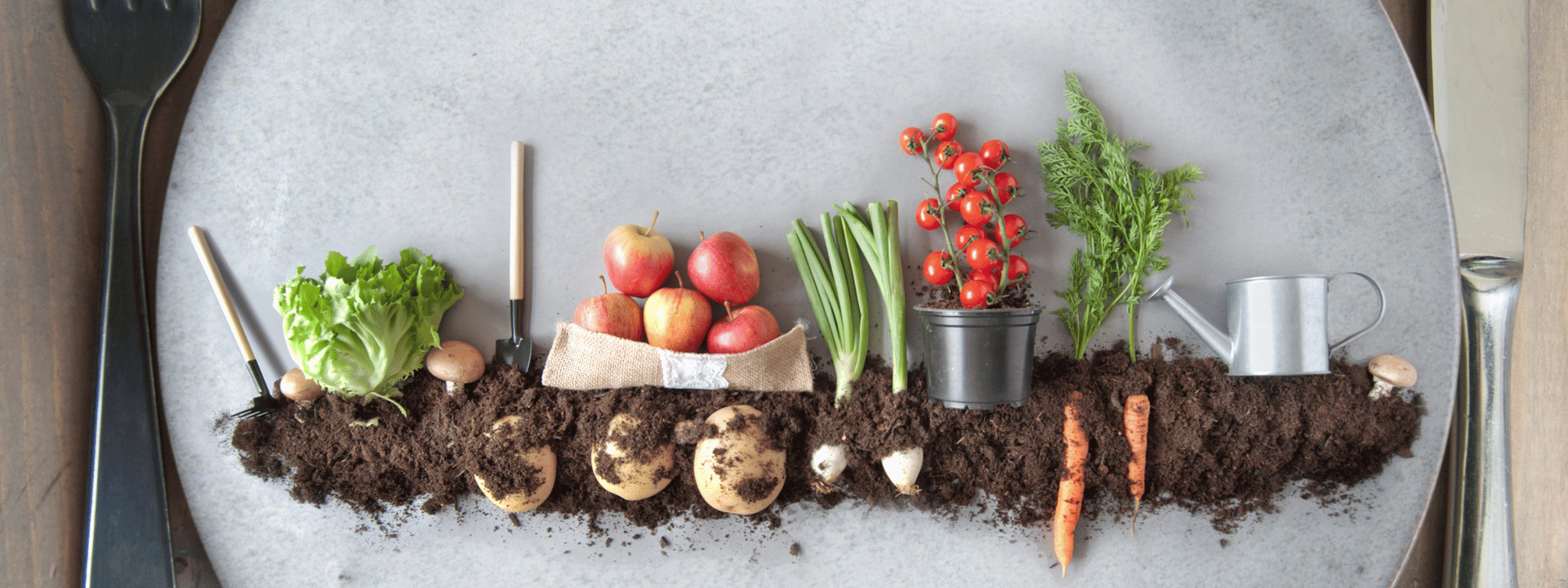
The Guide to Veganuary!
Whether you are going full vegan or starting to eat less meat, our guide to veganuary will help you go plant-based in 2023.
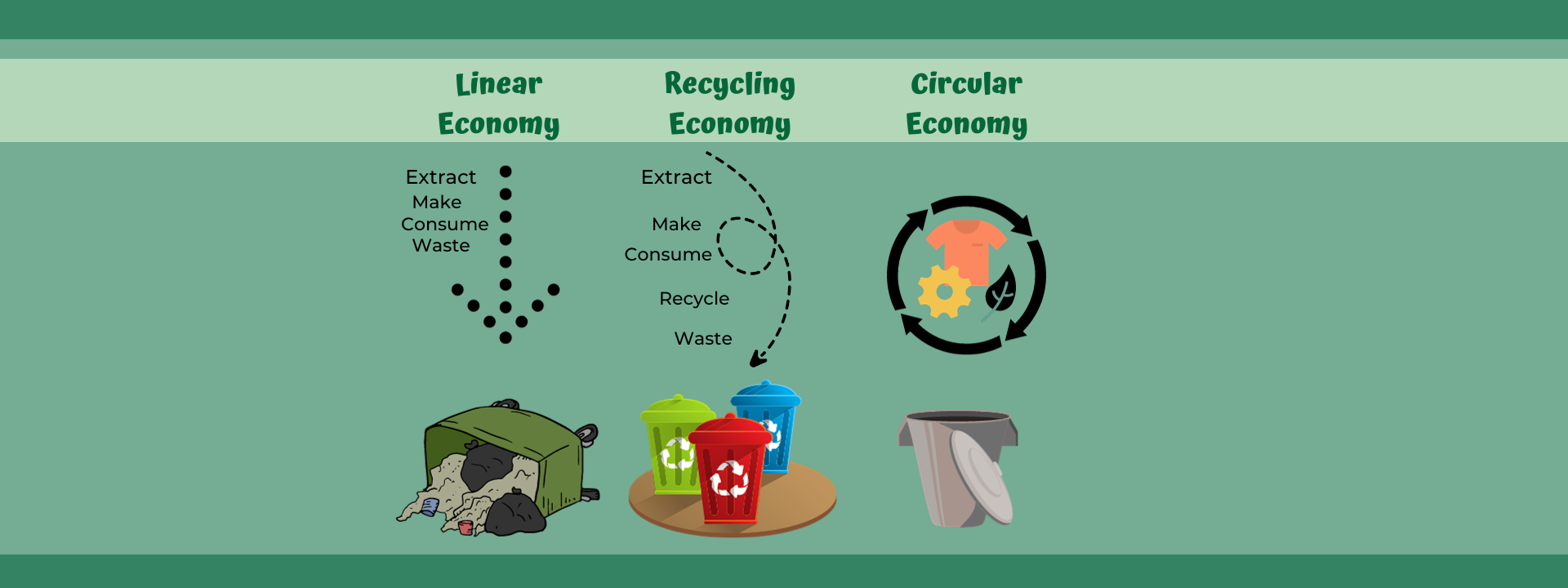
5 Circular Economy Companies in Canada To Celebrate Waste Reduction Week
Say hello to 6 Circular Economy Companies in Canada this October as we Celebrate innovators during Waste Reduction Week.

